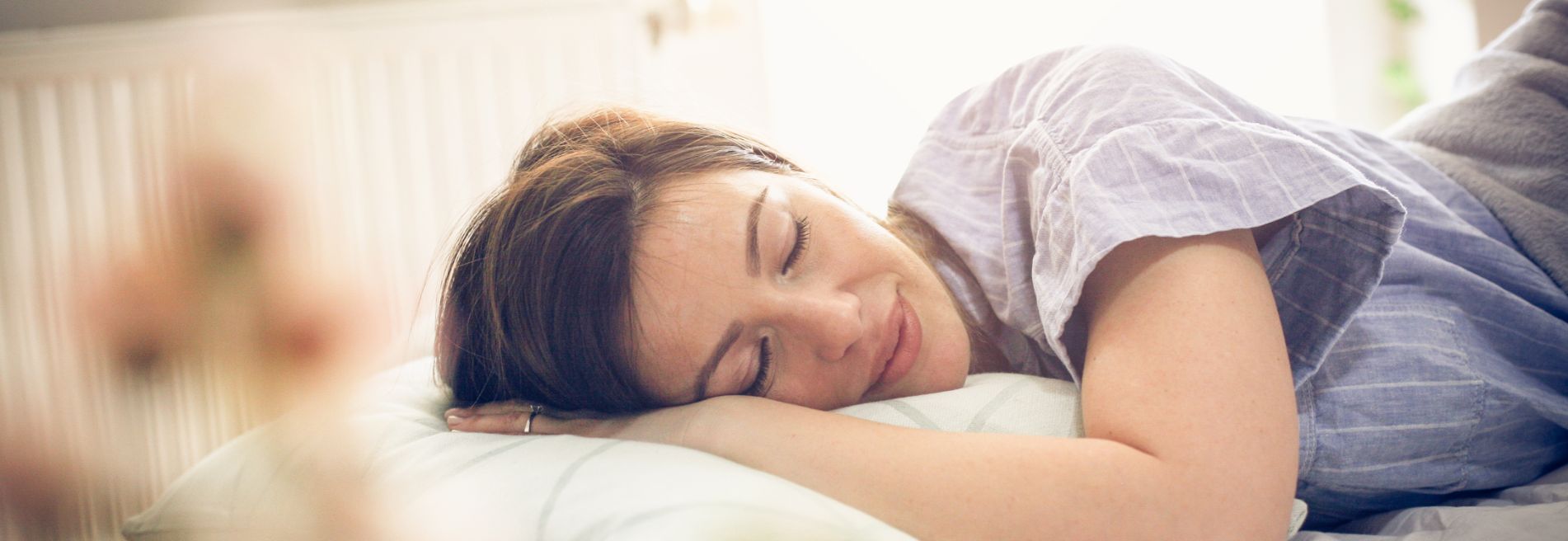AUT’s BioDesign Lab combines biomedical engineering, knowledge of the human body and design to create innovative therapeutic devices to treat common ailments.
Modelled on both Stanford University’s Design Lab and MIT’s Media Lab, the BioDesign Lab was born out of a strong need for applied biomedical research within the University.
Led by Dr David White, the BioDesign Lab links with design centres such as the Good Health Design Studio, the Neuro Rehabilitation Research Group and the Drug Delivery Research Group within AUT and works closely with AUT Ventures to patent and commercialise ideas.
Outside of the University, David is well connected with surgeons, clinicians, therapists, and industry, with whom he collaborates to generate ideas for novel therapeutic devices and take them to market.
The connection with industry is vital to the lab and for universities in general, according to David.
“Society and industry are complex – they are changing all the time and one of the main challenges faced by universities is to remain relevant to industry. Working hand-in-hand with industry to apply our skills in the real world shows AUT’s impact on the world around it,” says David.
New technology developed by the BioDesign Lab includes the rest activity cycler (RACer) to combat sleep apnoea, a condition where breathing stops and restarts during sleep. On top of causing poor quality of sleep, sufferers are more likely to experience weight gain, have type 2 diabetes, higher blood pressure and fatal heart attacks.
The brainchild of David and his collaborator, ENT surgeon Dr Jim Bartley, the RACer reinstates normal inter-nasal airflows and the nasal cycle that are both disturbed by conventional therapies. In doing so, the RACer supports a more natural way of breathing; working in alignment with the body’s natural rhythms and increasing the quality of sleep through the night.
“Our RACer technology, and a lot of the other technology that we develop in-house, works with the body to help the body heal itself.”

Feedback on the device suggests it is so effective it could make existing technology to treat sleep apnoea obsolete.
“The continuous positive airway pressure (CPAP) machine, which is the current treatment, helps people breathe. But not many people like to use it because they are essentially inhaling hot, steamy air when using this machine – it works against the body’s usual rhythms as well. Patients feel congested.”
There is also an entire interdisciplinary team behind the creation of the device - this includes a variety of engineers, a business consultant and sleep clinicians. The collaboration on RACer now extends to include stroke research groups, neurological researchers and psychologists as they explore new applications.
“We’ve each got a piece of the jigsaw puzzle and the puzzle is incredibly complicated. We accept we’re going to talk different languages and we learn a lot from each other. Sometimes the breakthroughs come from misunderstanding what the other has said,” says David.
RACer technology is now ready to be commercialised, and David has reached out to industry worldwide to take this to an international market currently worth US$9 billion.
When asked what inspires him to do the work that he does, he says, “Putting aside revenue gains, it’s helping people, particularly those that are disadvantaged in some way. Imagine if you could create an original solution that could either keep someone alive or give them better treatment. Just seeing someone enjoying a better quality of life – that’s a massive motivator for me.
“It’s a very good test of our skills that the industry approaches the University for our expertise – applying our skills in the real world to help these people out shows AUT’s impact on the world around it.”
“I believe that the future of the lab is that it will be predominantly externally funded because of its applied nature. By that, I mean we will have companies who will be regularly contributing to the lab in return for having access to the intellectual property that is generated here - this is external or company sponsorship.
“AUT is not ossified in its structure so you can create a lab. You can create a research entity. I hope that the work I am doing will guide AUT to become known as the ‘applied university’ and I hope people will come to us for that – not just students but also industry, because we can support them at many different levels – academically, in research, product development et cetera.”
Website: biodesign.aut.ac.nz

